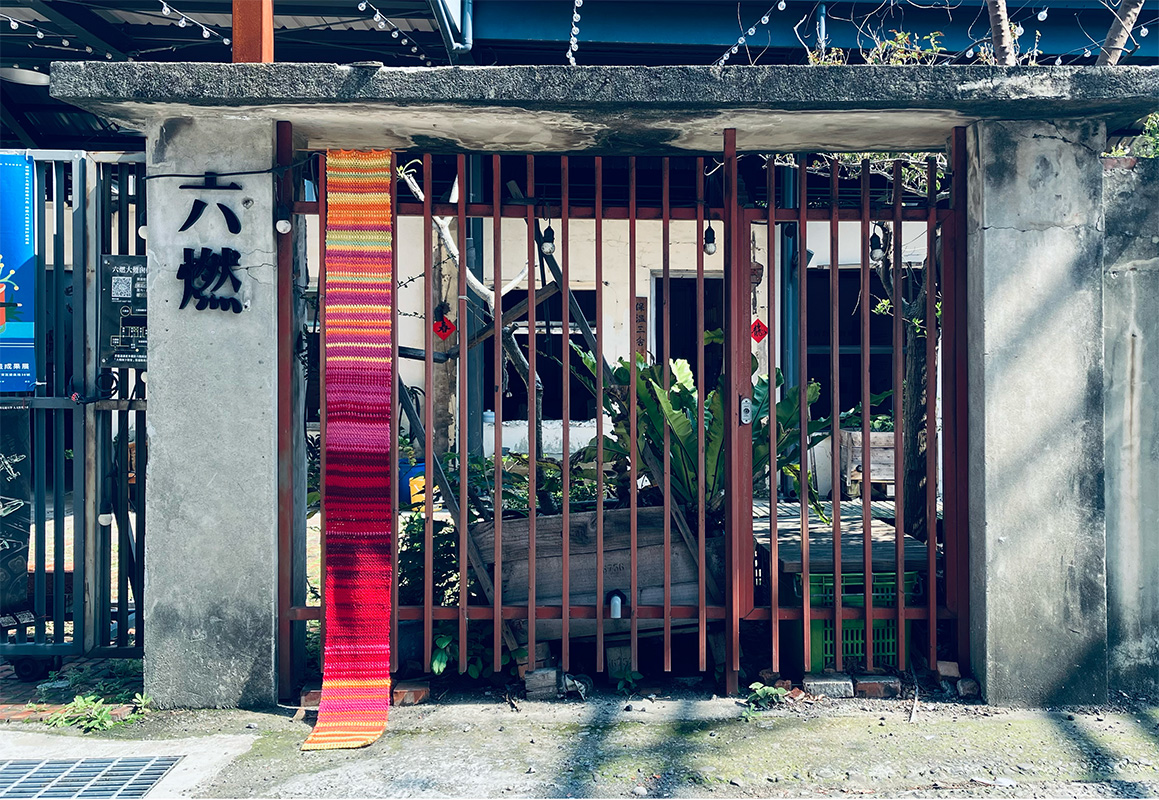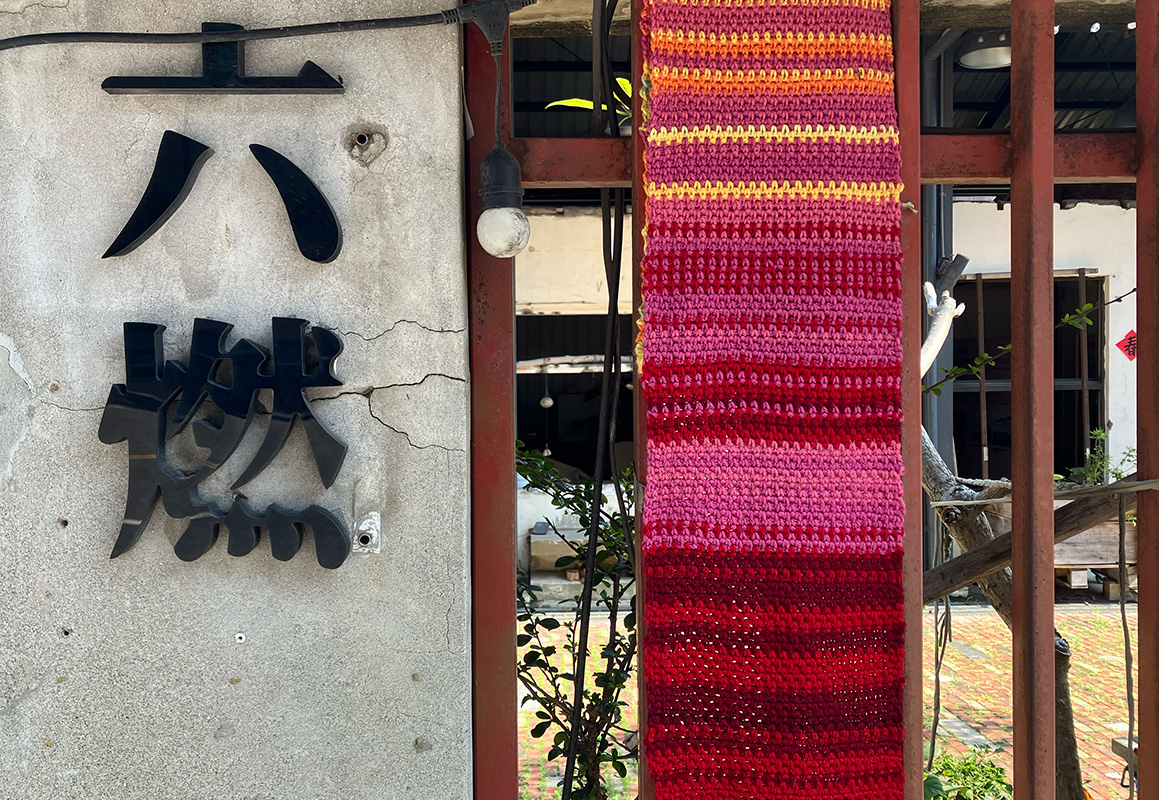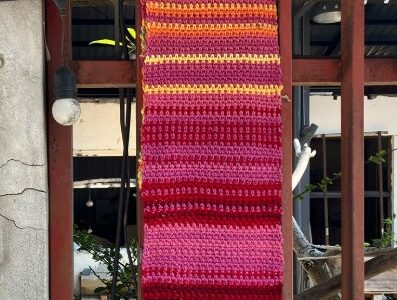織溫計畫#六燃霜蝠
Tempestry Project#The Sixth Fuel Factory and APC Bats
林欣怡 Hsin-I Lin
※網站連結
《織溫計畫#六燃霜蝠》透過1943、1959、2010三個年度的溫度數據織毯(tempestries),視覺化臺灣霜毛蝙蝠與新竹六燃廠共生的氣候溫度變化。其中三年度的溫度值主要取霜毛蝠六燃棲地與頭前溪出海口覓食兩地點的每日最高溫數據。
《織溫計畫》取徑於「工藝行動主義」(Craftivism)與「溫度掛毯計畫」(The Tempestry Project ),為透過纖維藝術、工藝創作關注氣候正義、環境生態、社會對抗性等政治議題的藝術實踐。「工藝行動主義」由Betsy Greer所倡議,藉由身體編織縫補動作過程中所進行的反身性思考、以及編織作為連結群眾的特質,邀請參與者能在藝術實踐時對話交流社會現象及解決方案。而「溫度掛毯計畫」則是將纖維編織、環境意識與氣候行動融合的數據視覺化編織行動,以特定年份、地點與每日最高溫為數據編織內容,將數據物質化保存。
在2023年新竹地區霜毛蝠的調查報告發現,六燃廠大煙囪附近與竹東霜毛蝠棲所月均溫相似,部分霜毛蝠遷移至竹東棲所。環境溫度變化與霜毛蝠移動生態有著相互作用,《織溫計畫》試圖將此不可見的數據路徑進行撈取與可觸,同時將溫度年度從設廠至發現霜毛蝠時間跨距並置呈現,啟動觀者思考全球暖化、氣候藝術行動與環境物種之間的共生溫度。
Tempestry project: The sixth fuel factory and APC bats translates temperature data from the years 1943, 1959, and 2010 into woven tempestries, visually representing climate variations impacting Taiwan’s Asian Parti-colored Bats (Vespertilio sinensis). Specifically, the tapestries utilize daily maximum temperature data from two locations: the site of the former Imperial Japanese Navy’s Sixth Fuel Factory and the bats’ habitat in Zhudong.
Inspired by “Craftivism” and “The Tempestry Project,” the Weaving Temperature Project addresses climate justice and environmental concerns through fiber arts and craft practices. “Craftivism,” as an artistic activism methodology, leverages reflective fiber arts and crafts as mediums for dialogue, fostering social engagement, collective action, and discussions around societal issues and potential solutions. “The Tempestry Project” combines fiber arts, environmental consciousness, and climate data, translating temperature records into visual, tactile artworks that raise awareness and stimulate dialogue on climate change.
Recent findings indicate that monthly average temperatures near the large chimney at the former Sixth Fuel Factory site closely resemble those of Zhudong, leading some APC bats to relocate to Zhudong. These ecological shifts underscore the interplay between environmental temperature fluctuations and the movement patterns of the bats. Through artistic visualization of these data-driven insights, Weaving Temperature Project #6 encourages reflection on global warming, artistic climate activism, and the interconnected thermal symbiosis between humans and local species.



.jpg)
